Color Studies of the Zymoglyphic Region |

|
|
Color Studies of the Zymoglyphic Region is a series of monoprints by Portland artist, poet, and educator Coleman Stevenson. These decaying stratifications of pigment and self-entwined poetic text are inspired by the exhibits of the Zymoglyphic Museum. As she describes it: Monoprints and corresponding text depict the museum contents through abstract color studies and show the beautiful decay of all things over time, a main tenet of Zymoglyphic theory. Color has not historically been a major concern of the Zymoglyphic region. The traditional views, for example, are decidedly black-and-white. So we interviewed Coleman to shed some light of the creative process behind this project. Read it here. A book version of these prints is available here (Dark Exact, 2020) You can see the full range of Coleman's work here. |
The project consists of three parallel books, each representing a stage in the transformation of museum exhibits. You can zoom in to the details here
Images copyright © 2020 by Dark Exact, LLC.
| Exhibit A School of Ephemeral Abstraction |
Exhibit B Primordial Ooze |
Exhibit C Age of Rust |
Exhibit D1 Age of Wonder: Alchemical Apparatus |
Exhibit D2 Age of Wonder: Wandering Burial Urn |
Exhibit E Era of Eastern Influence |
Exhibit F1 Modern Age: Museum |
Exhibit F2 Modern Age: Dreamhouse |
|
| BOOK of the SOLIDITY of BEGINNINGS | 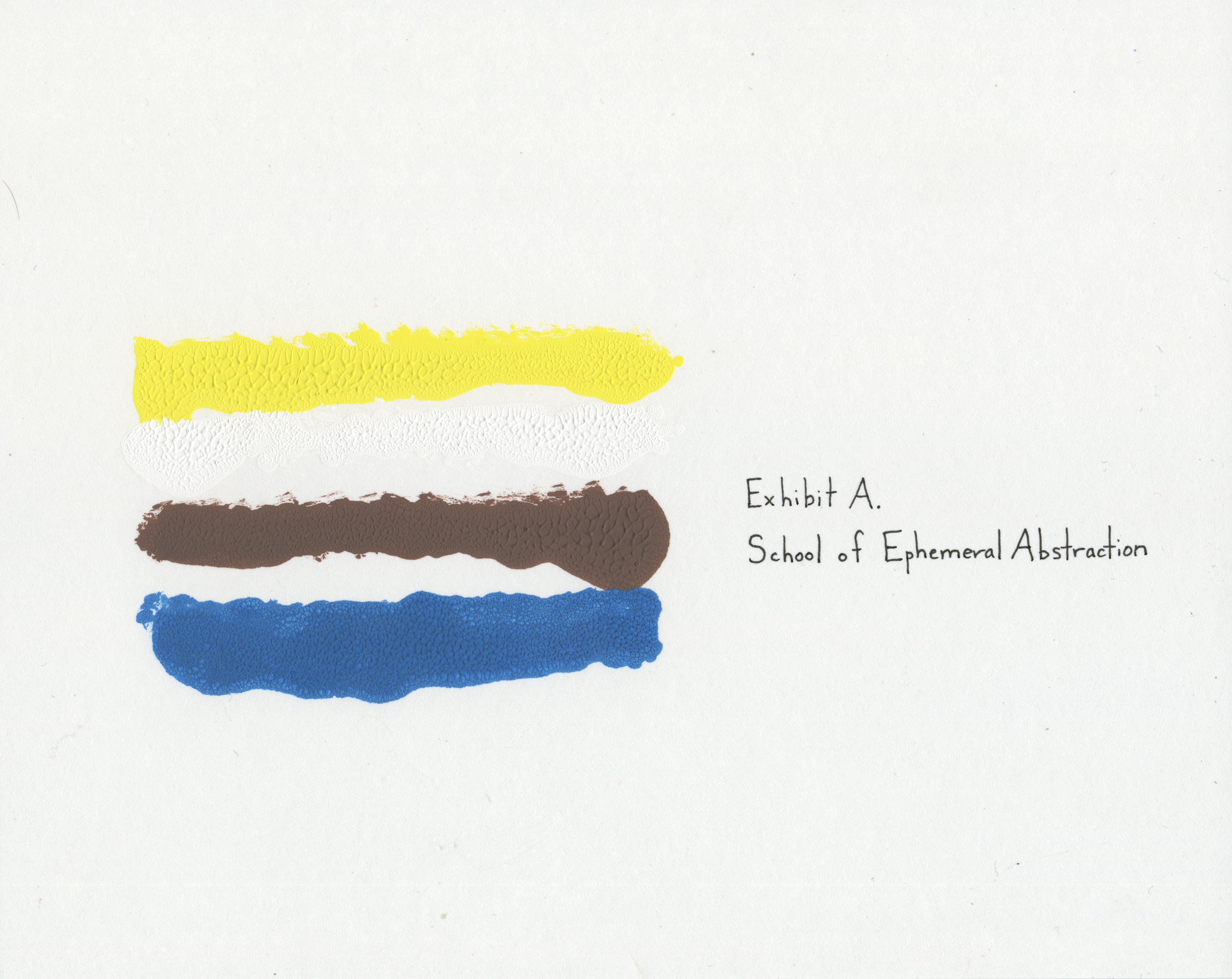 |
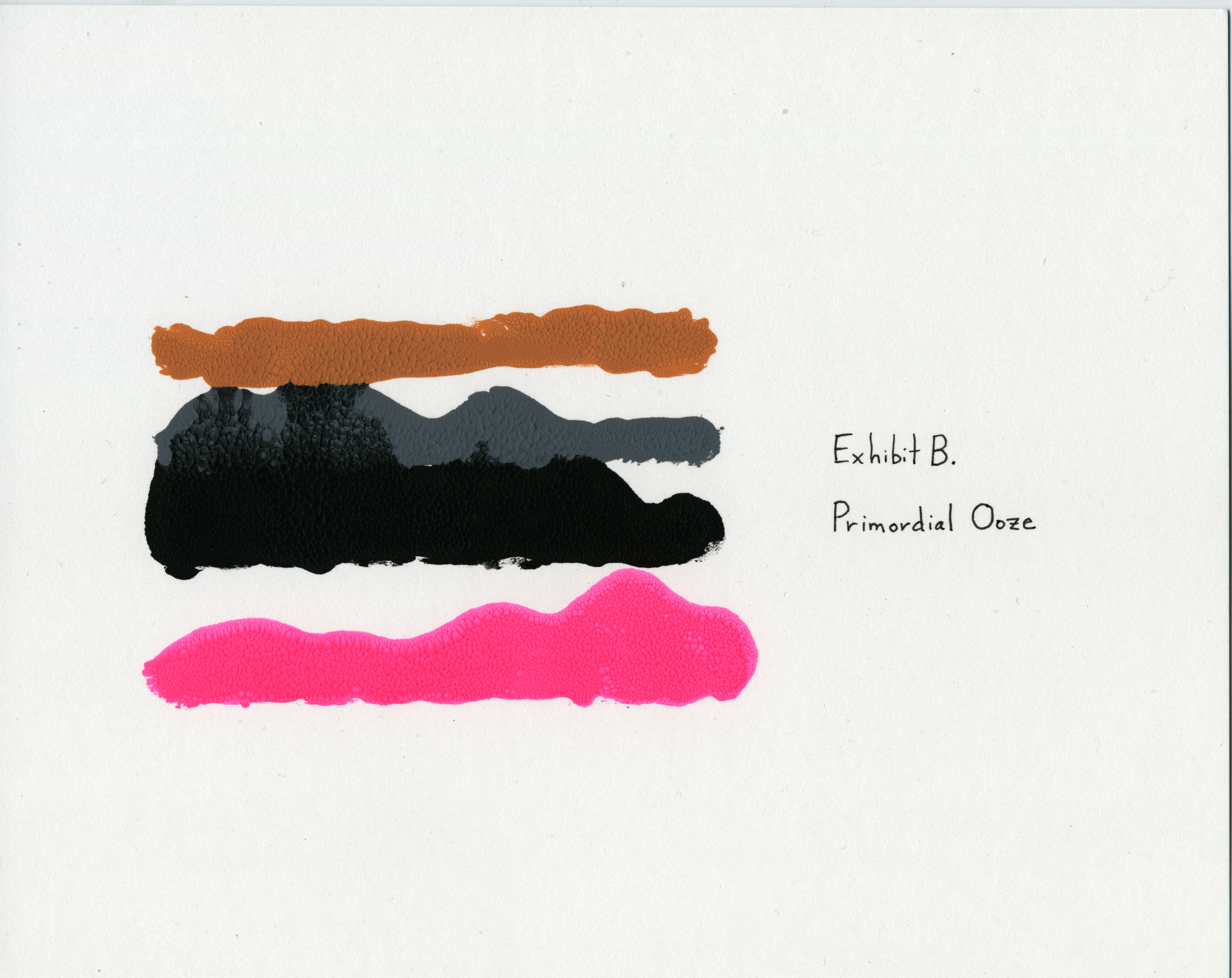 |
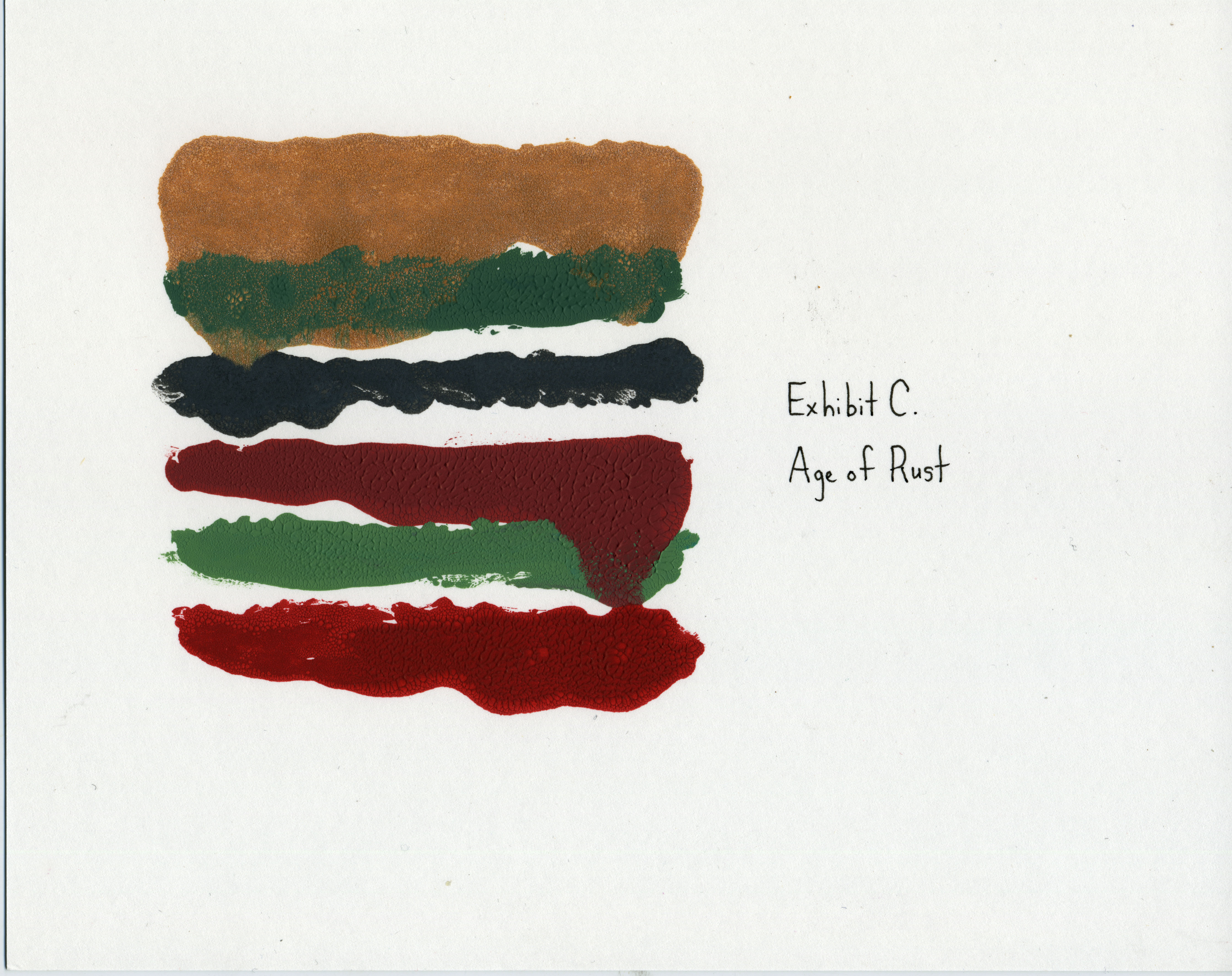 |
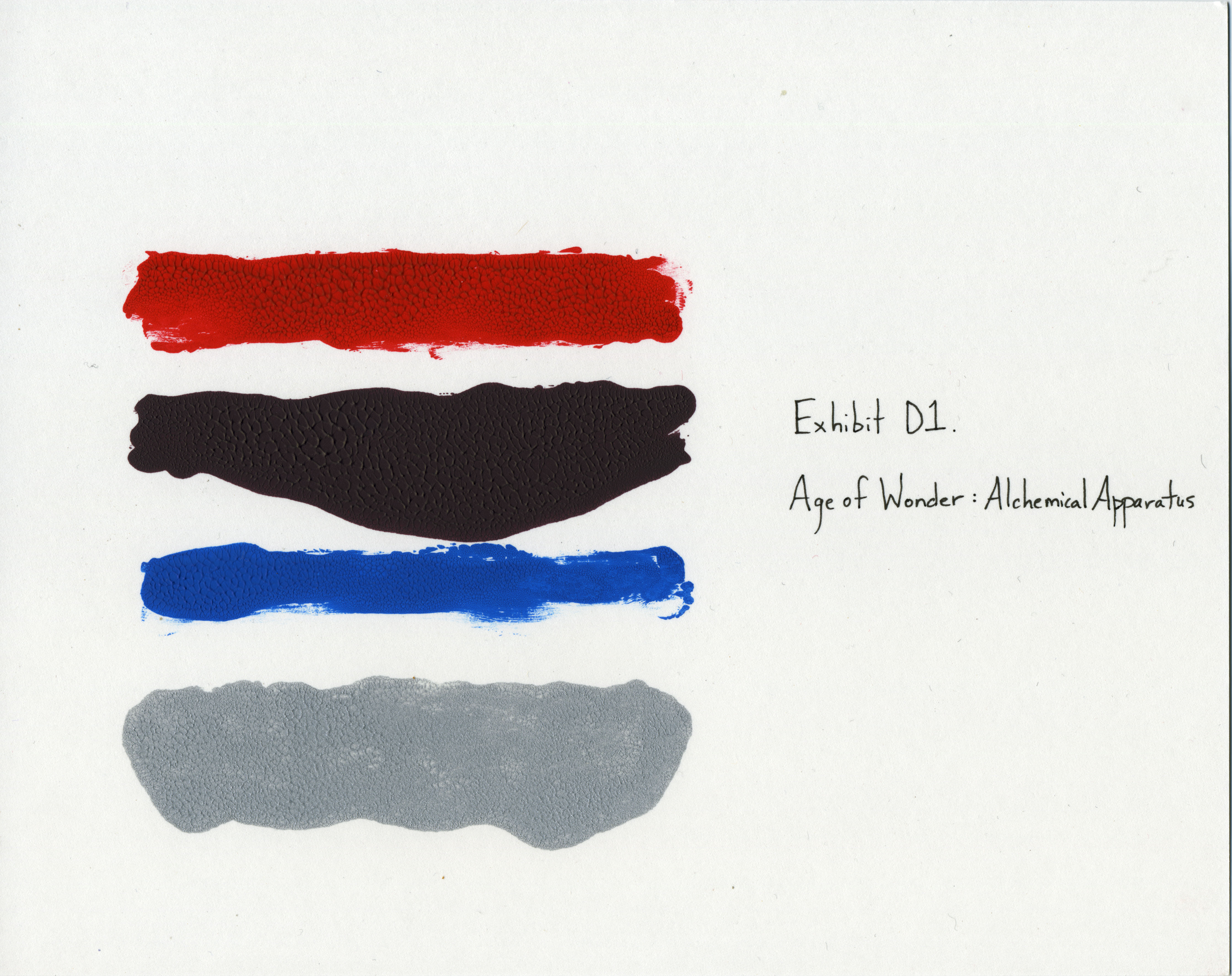 |
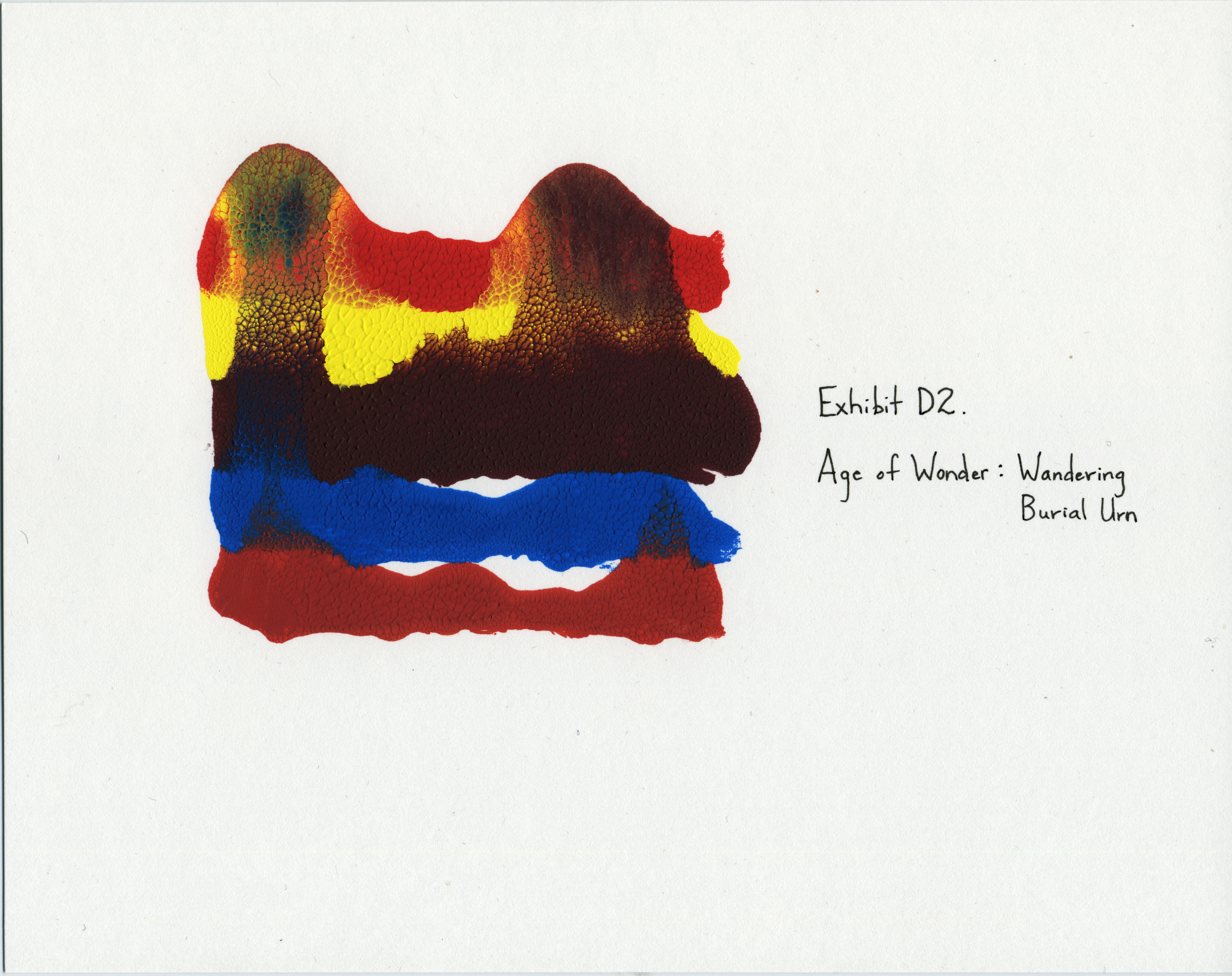 |
 |
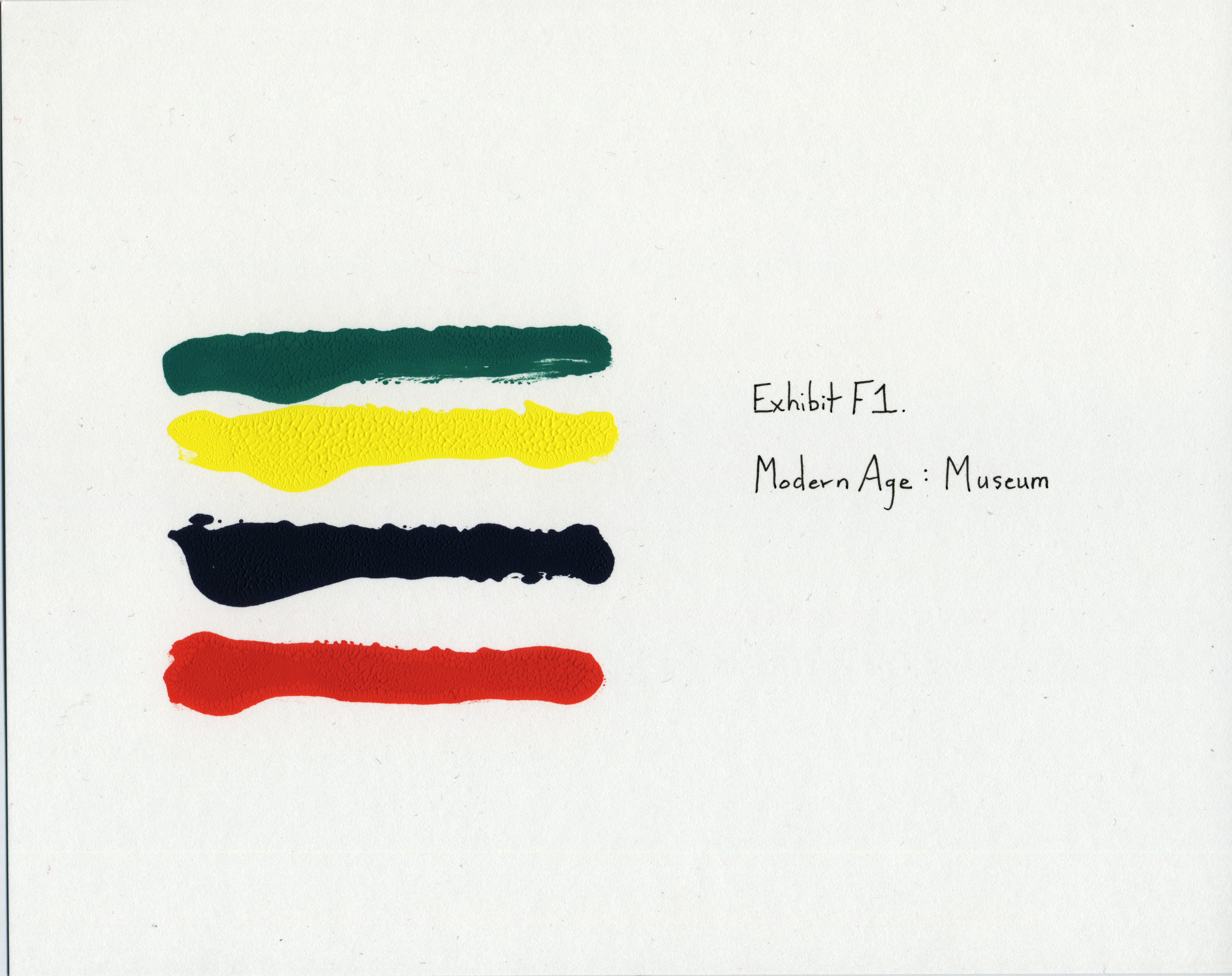 |
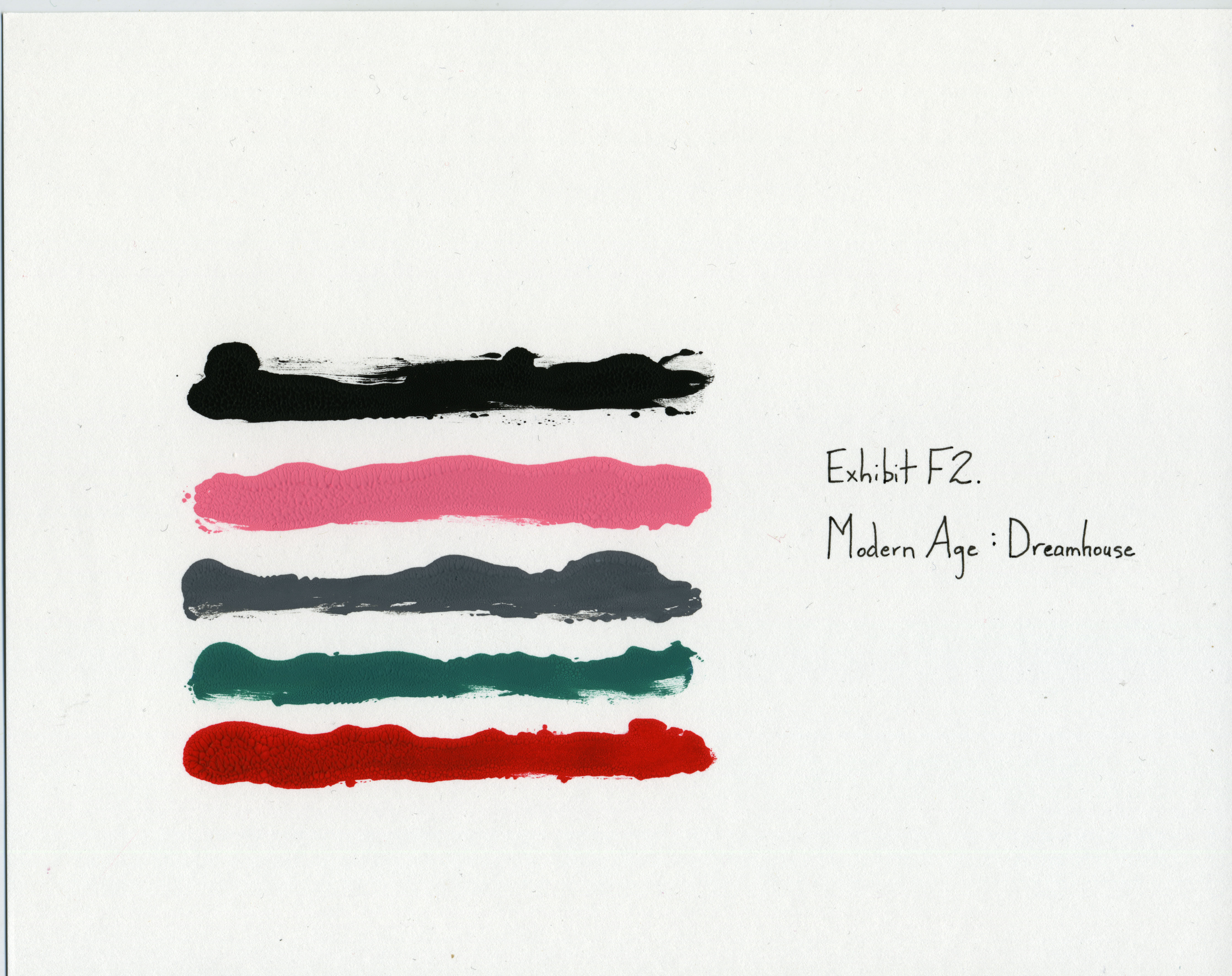 |
| BOOK of NATURAL PROGRESSIONS to the PERFECT NOW |  |
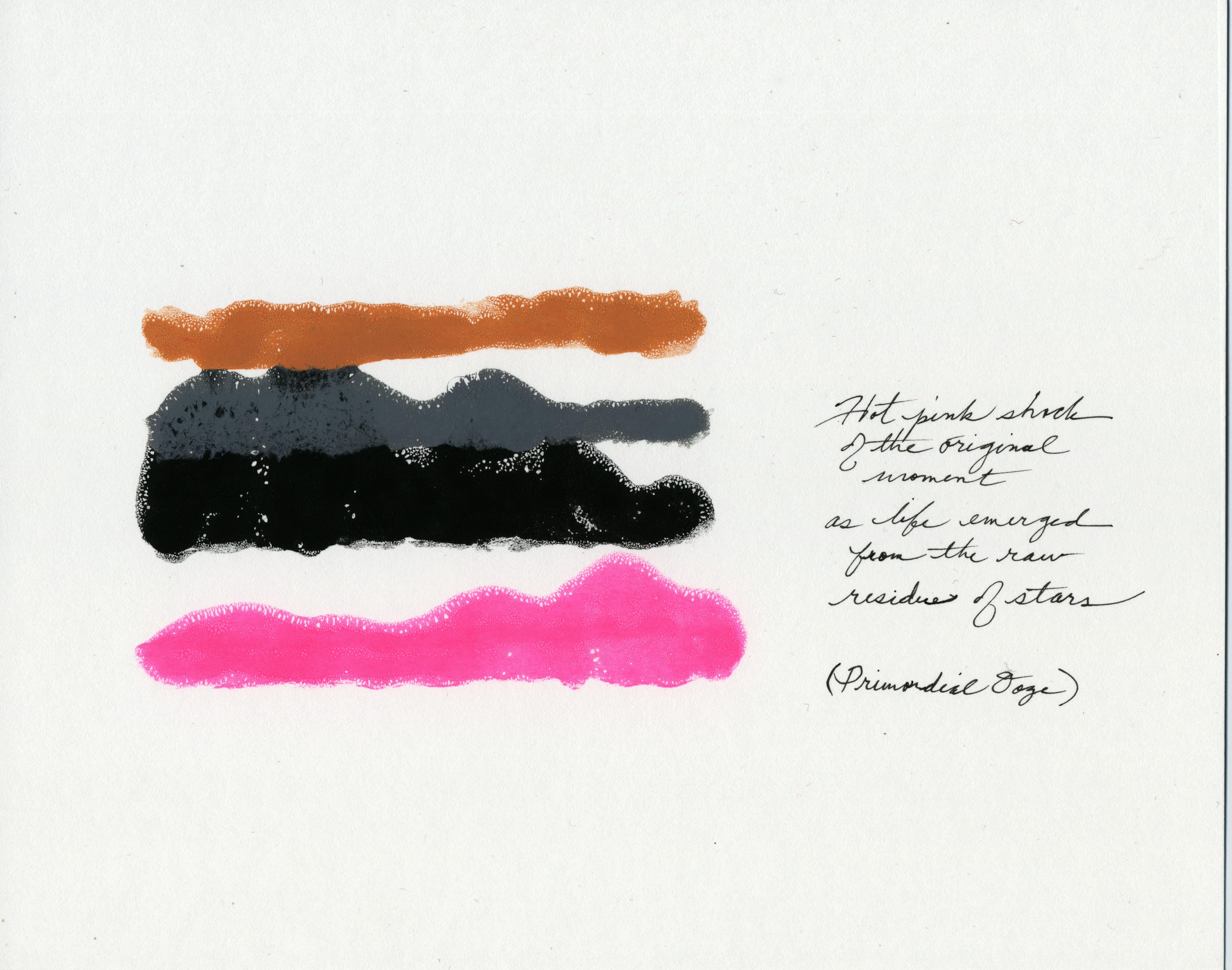 |
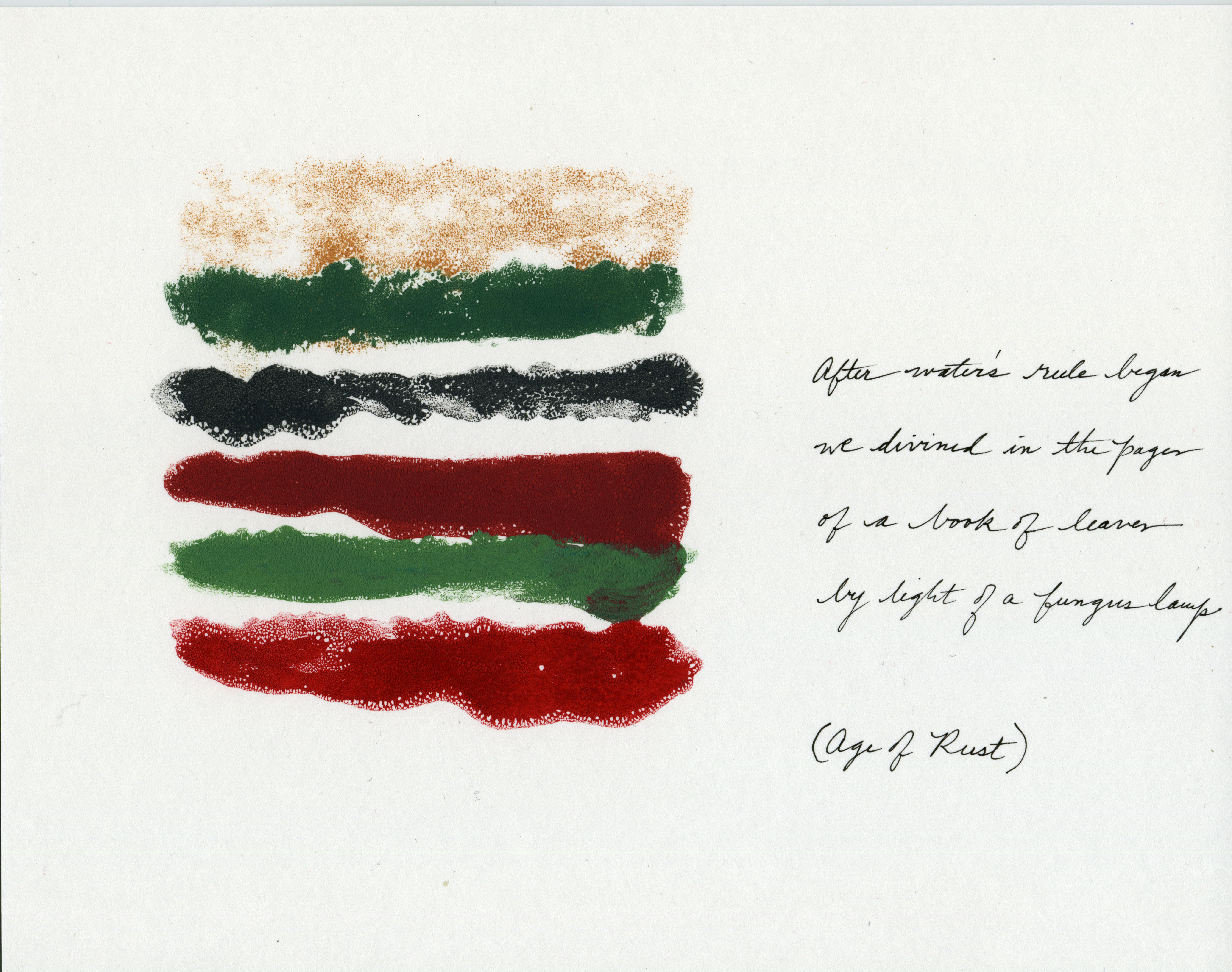 |
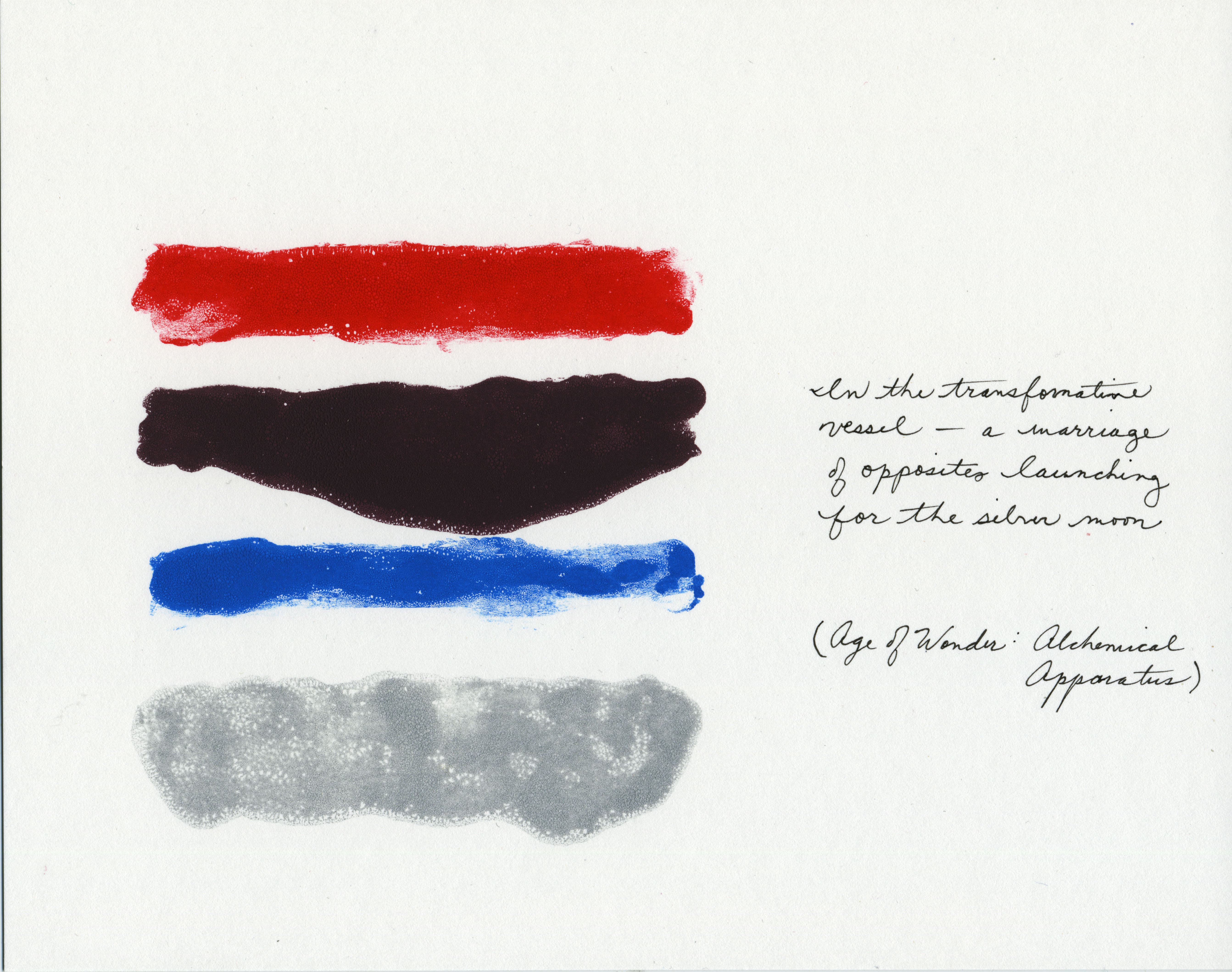 |
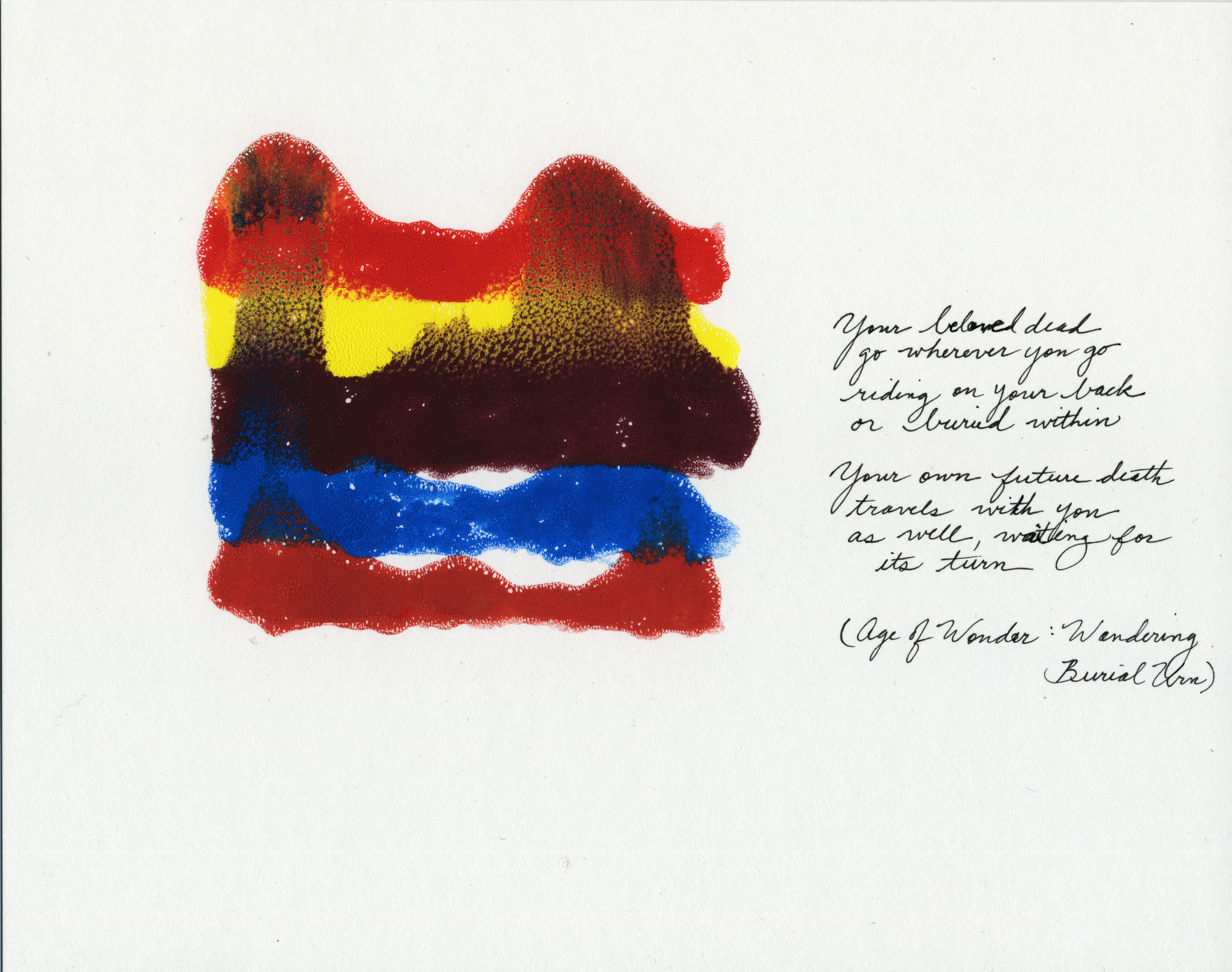 |
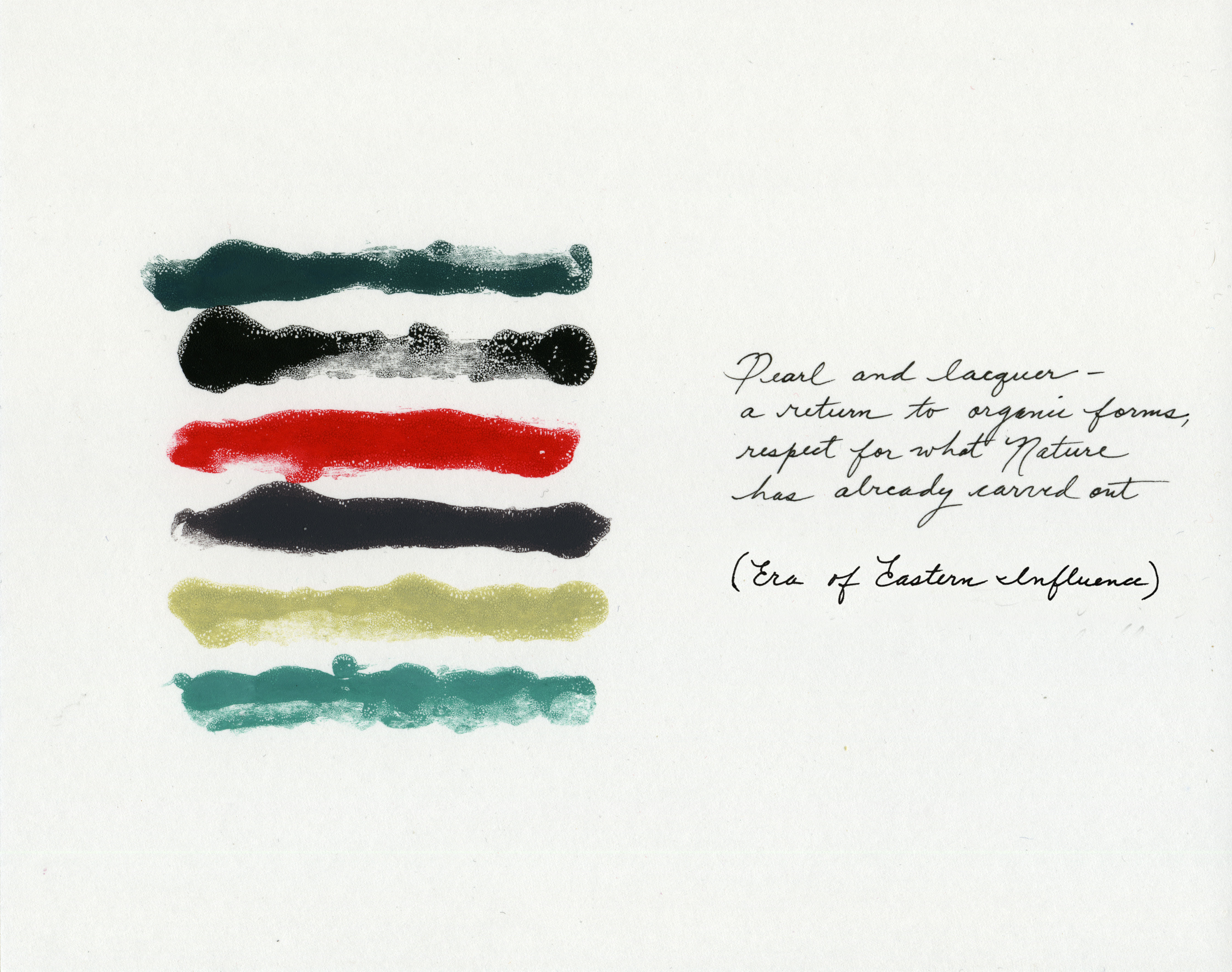 |
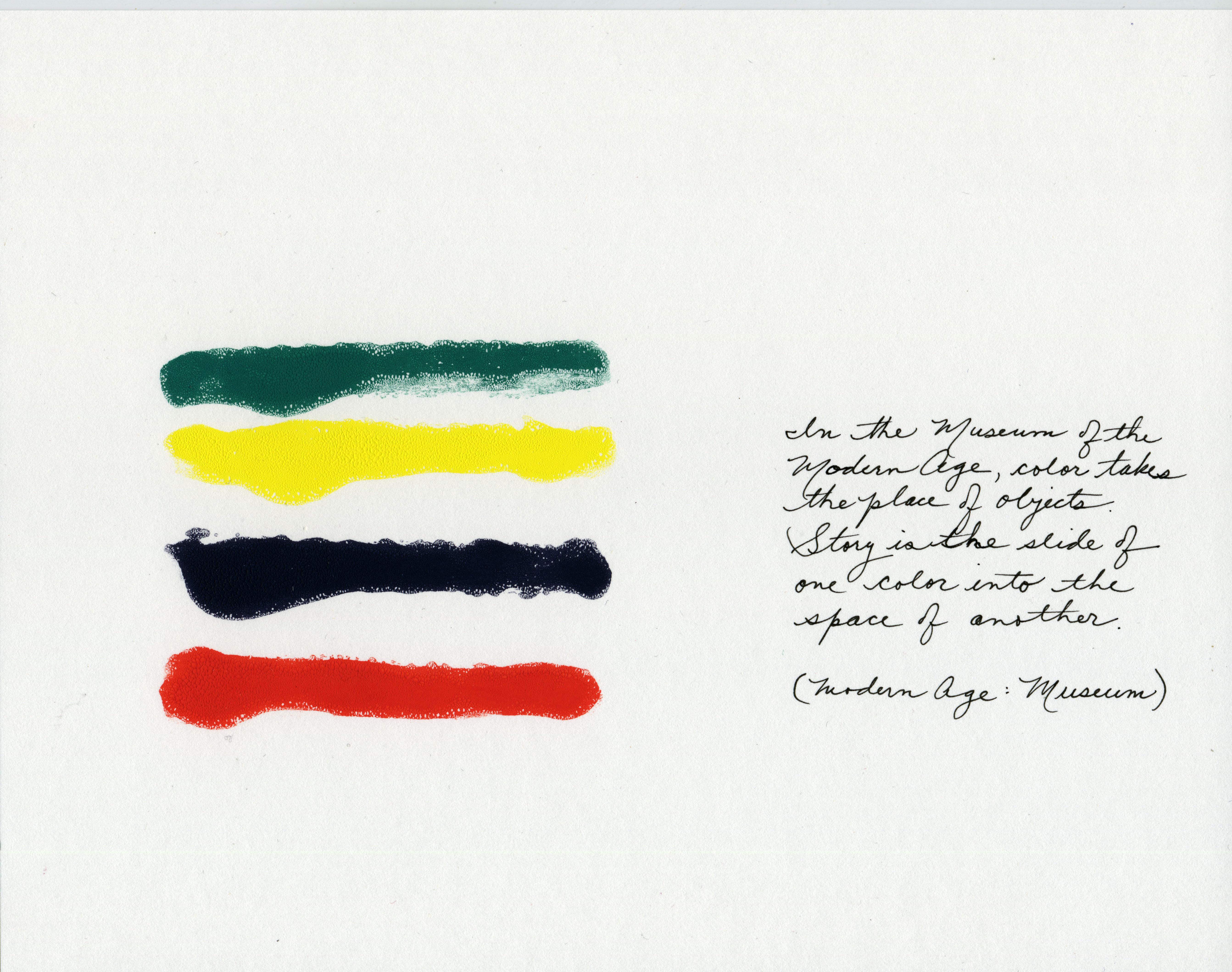 |
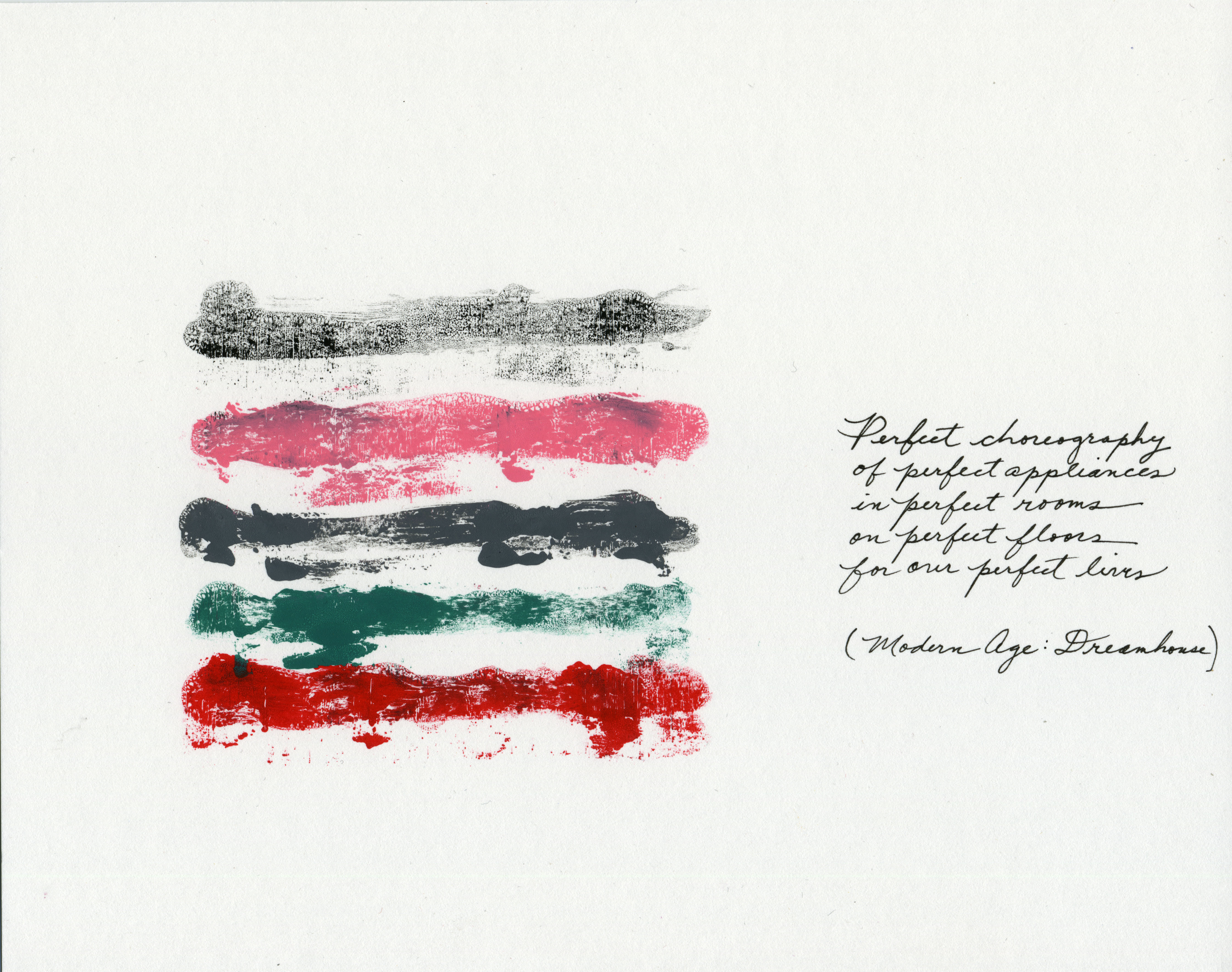 |
| BOOK of the INEVITABILITY of GHOSTS | 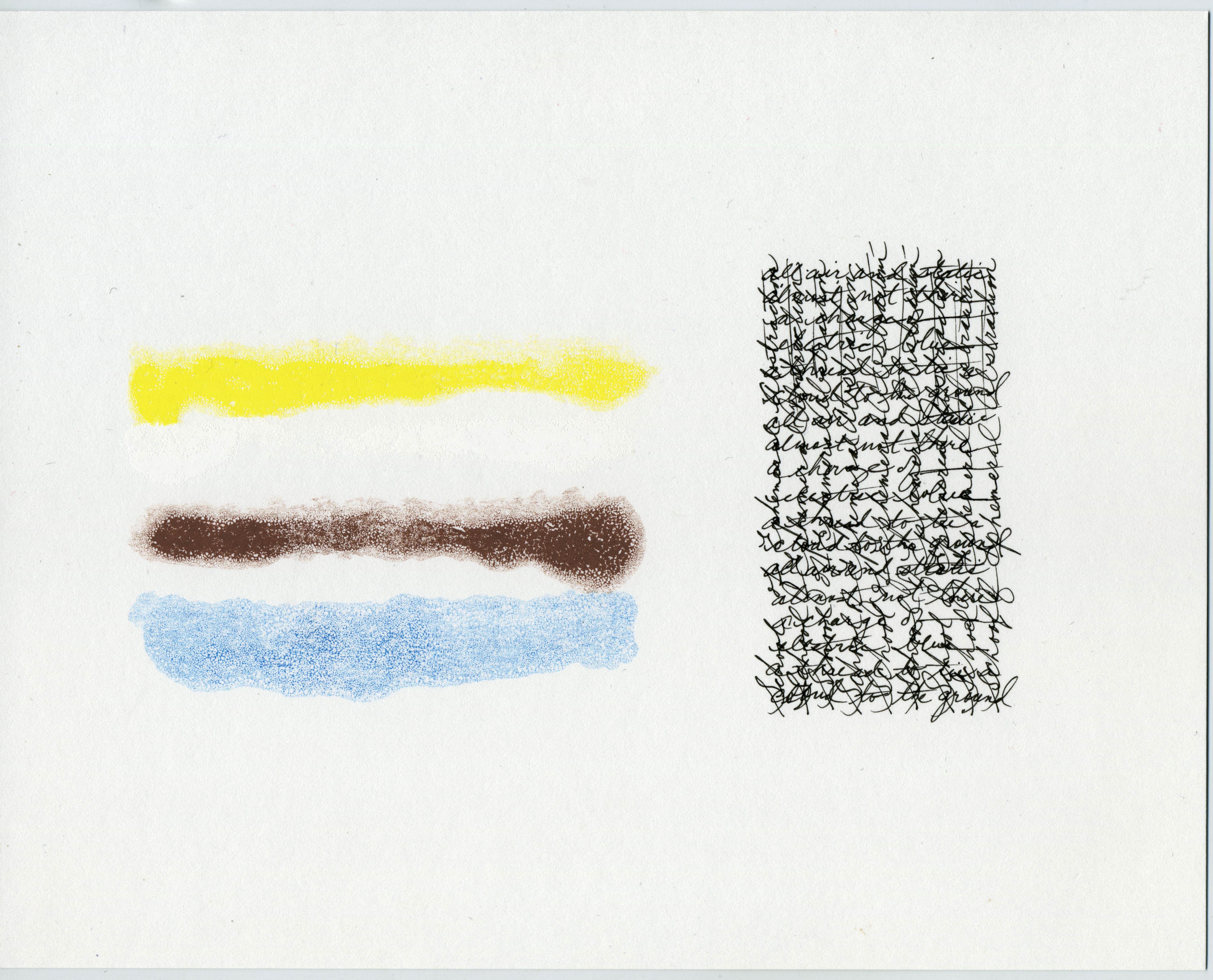 |
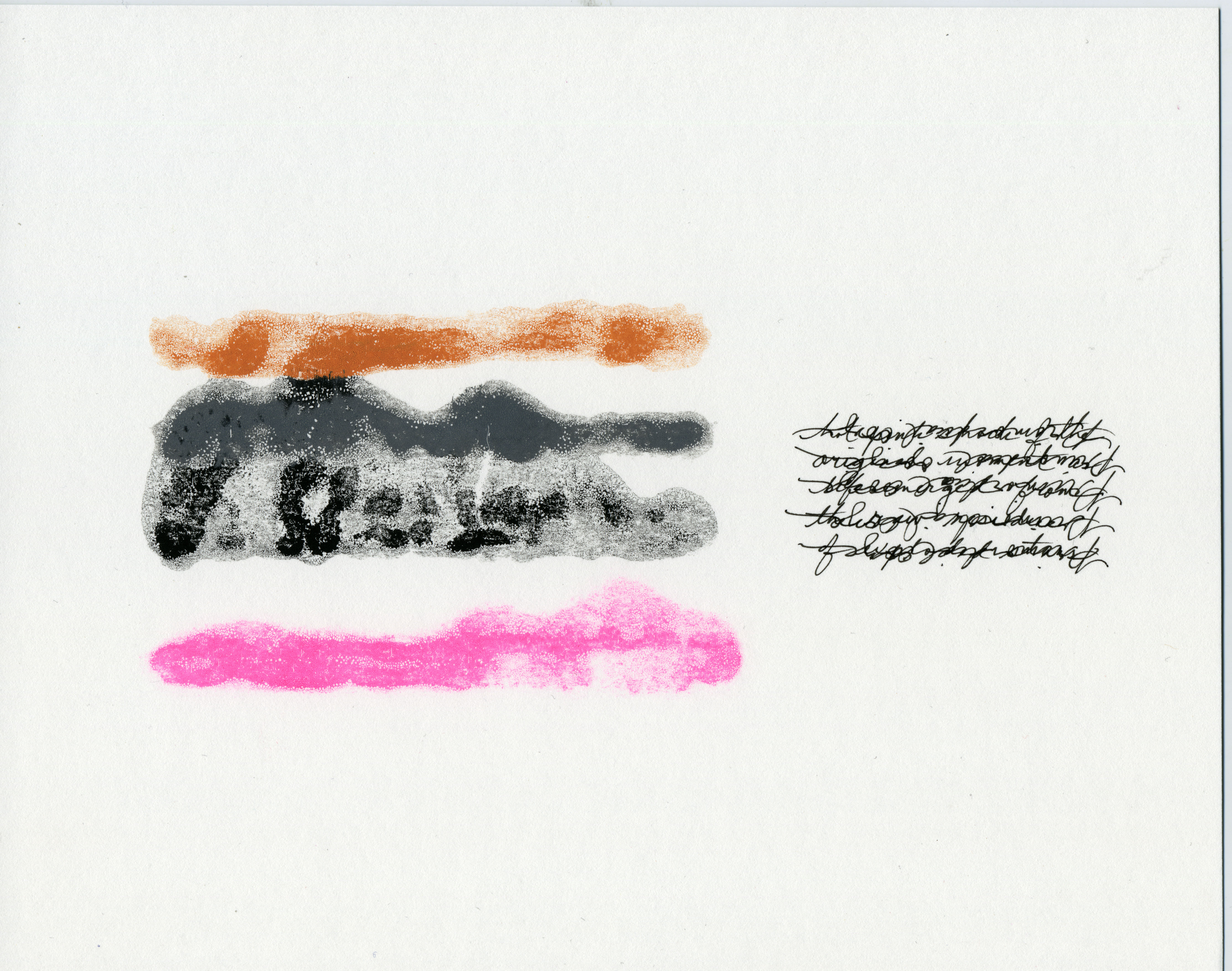 |
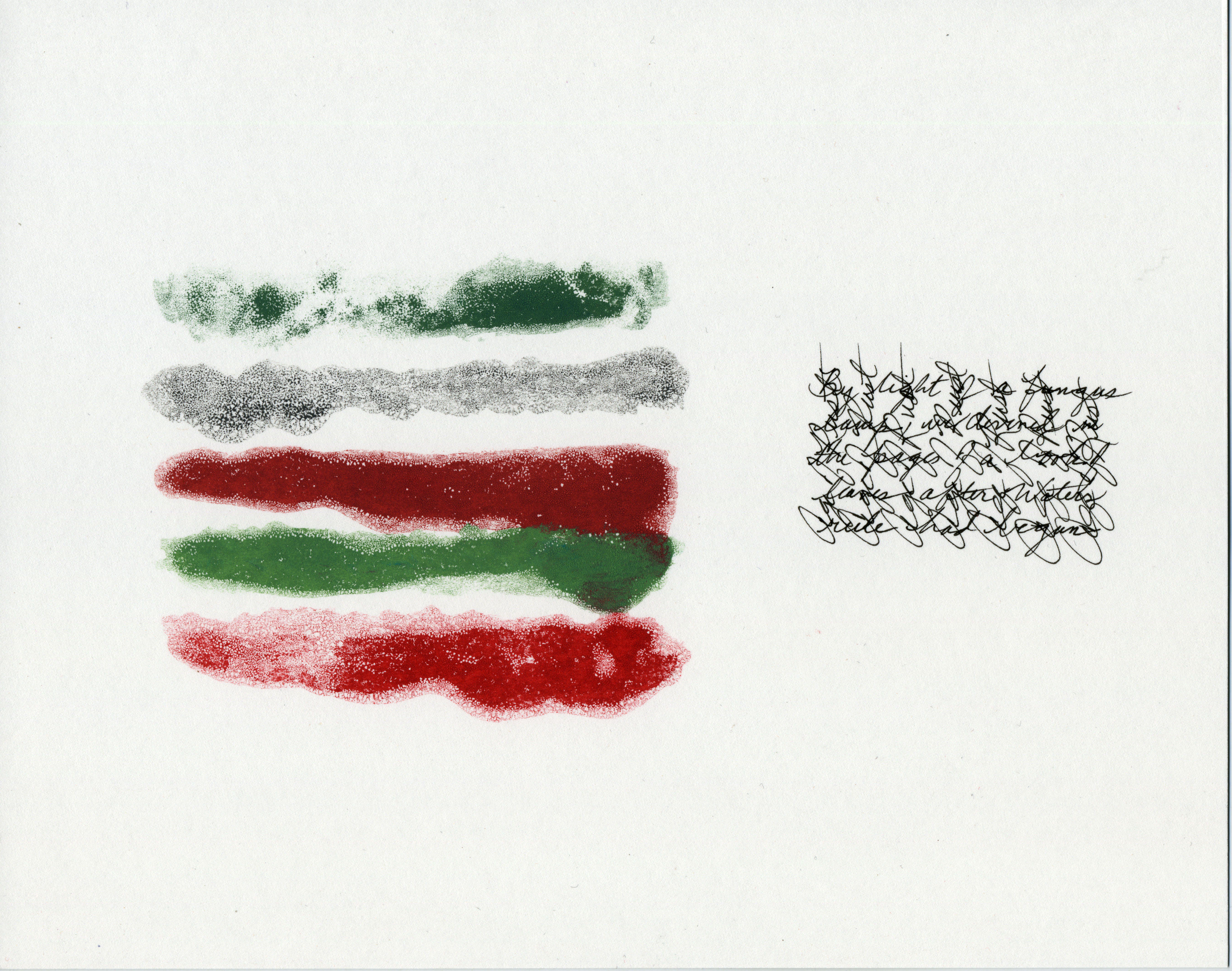 |
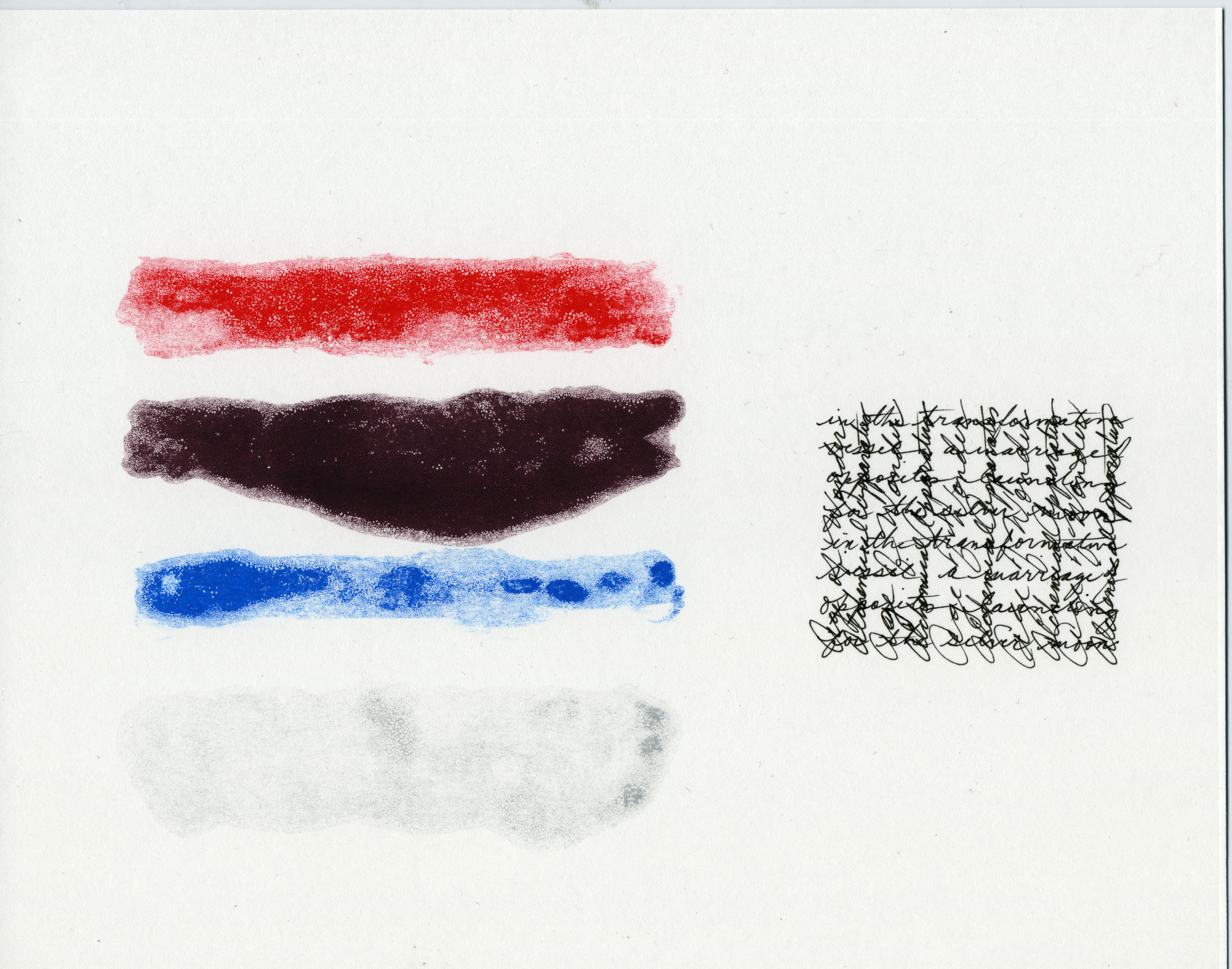 |
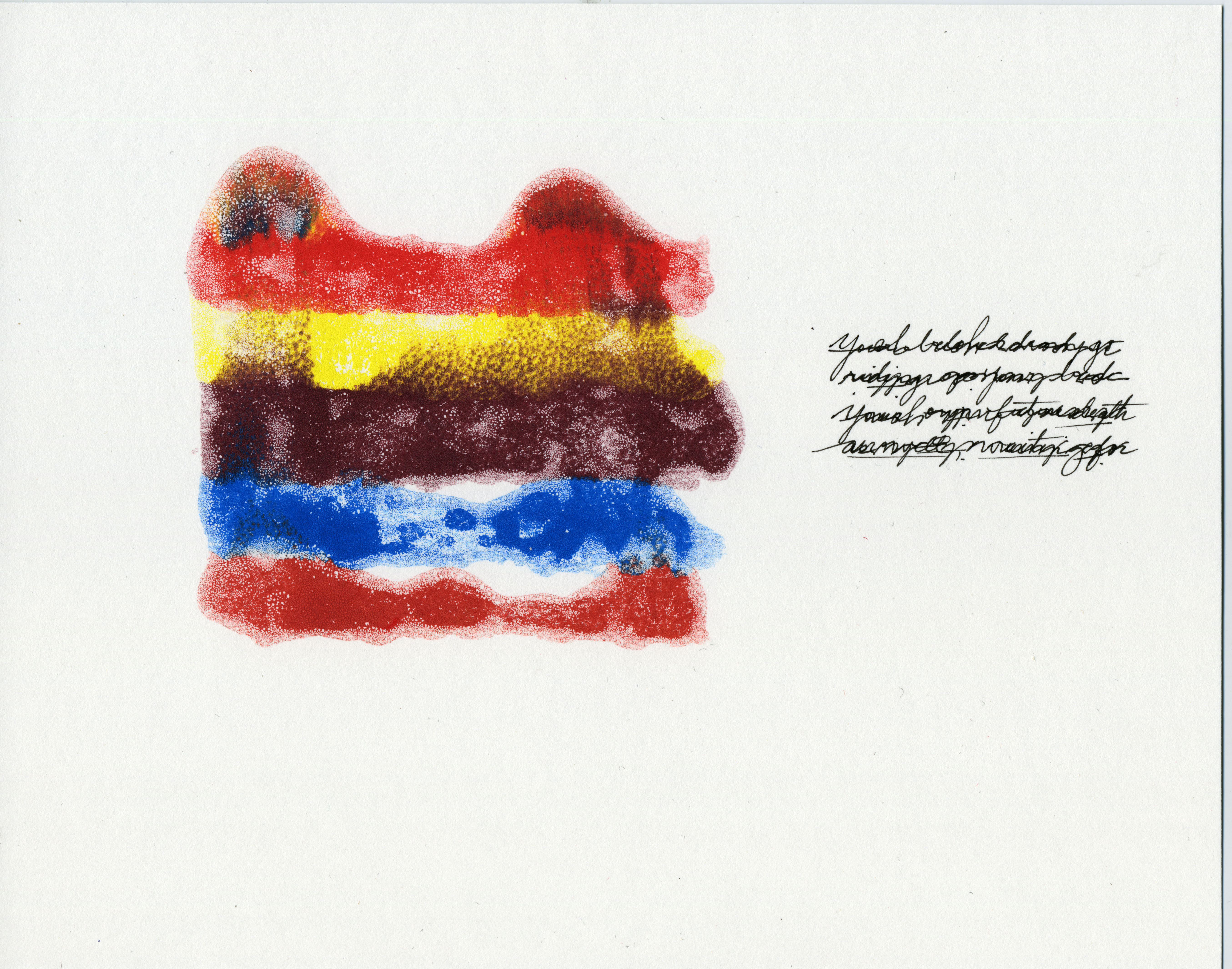 |
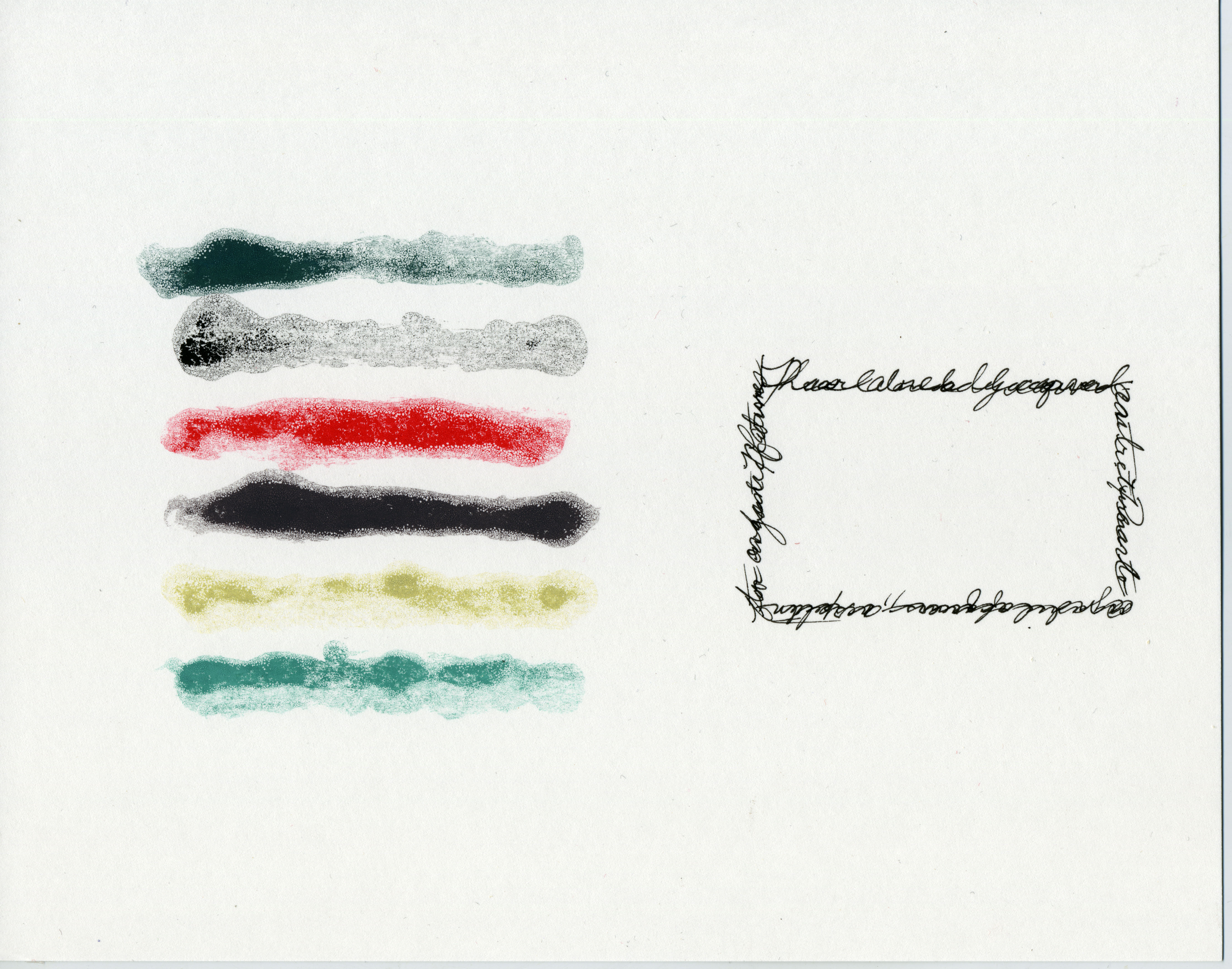 |
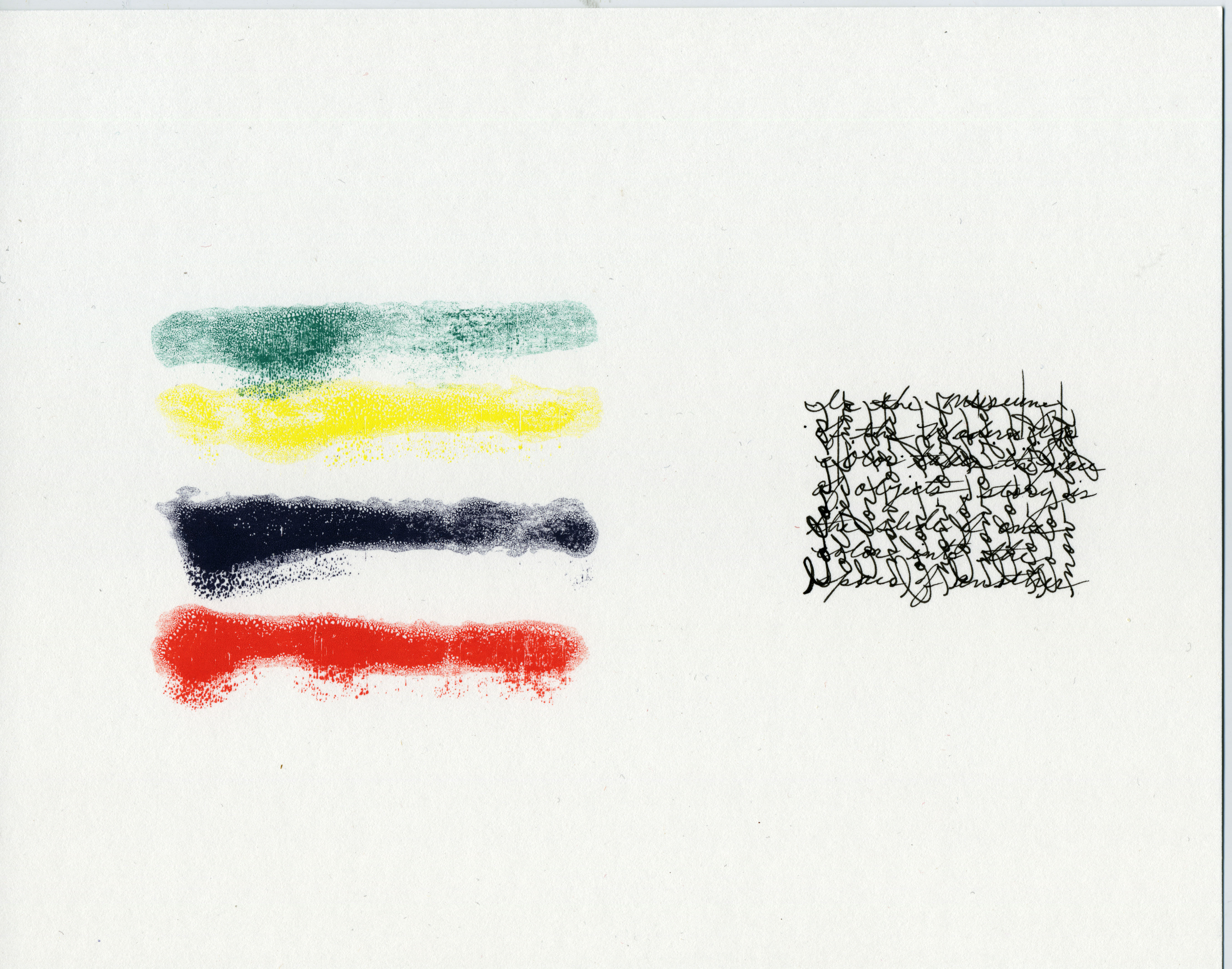 |
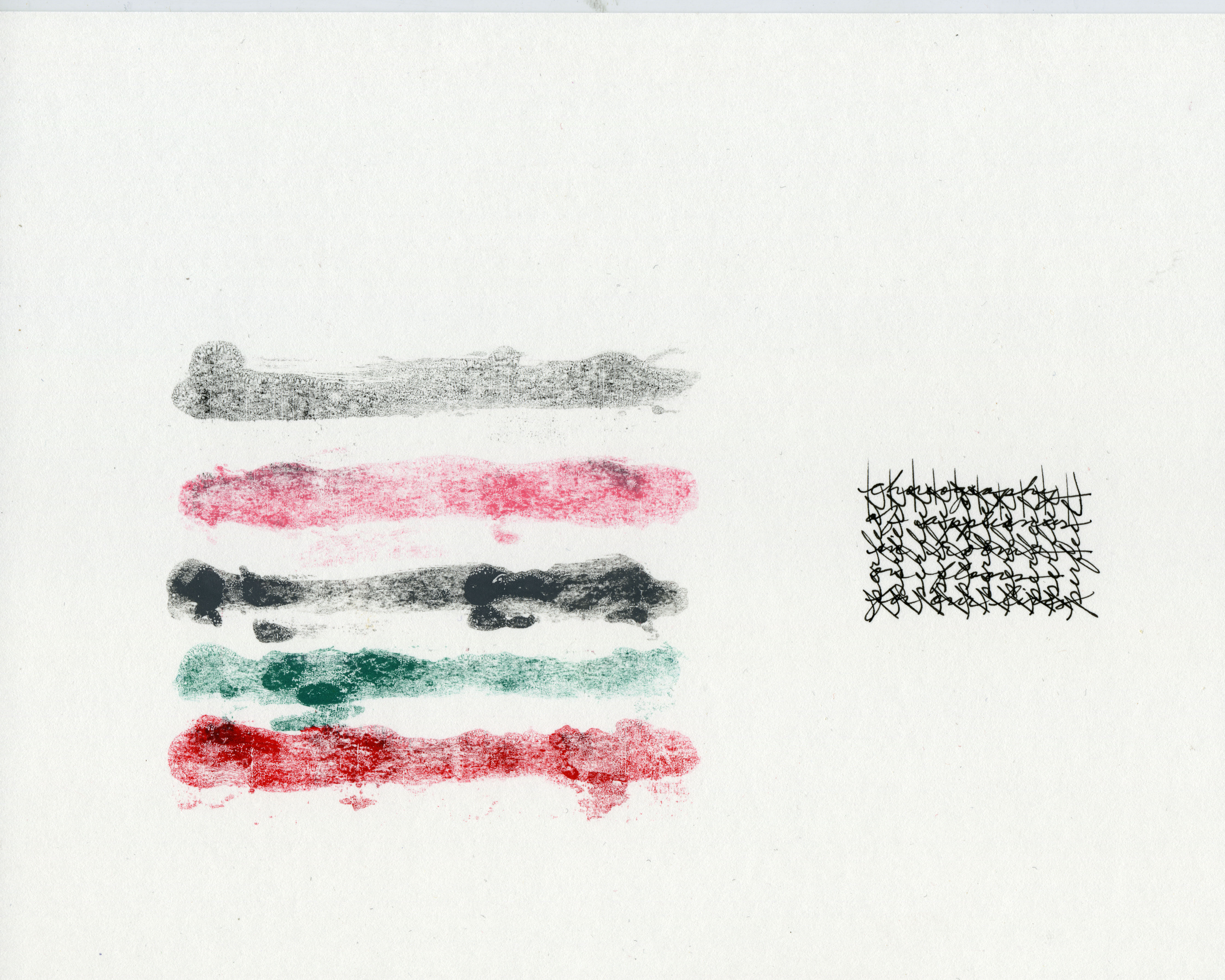 |
Interview with Coleman about the project (Summer 2020)
ZM: We had a meeting a little over a year ago at a cafe on Alberta Street. I proposed that you create some sort of project responding to the museum. I was expecting a scholarly essay, as there seems to be a lot of conceptual overlap in our work, or maybe some ekphrastic writing, as I know that is an interest of yours. After much deliberation and note-taking, you ended up with a text/image visual art project and an accompanying book, "Color Studies of the Zymoglyphic Region."
So first off, what points of resonance do you find between your work in general and that of the museum?
CS: There are a number of key themes of the Zymoglyphic Museum that relate very directly to ongoing obsessions in my own work, especially my writing. In my poems I?ve long been exploring ideas of permanence and impermanence, fear of loss vs. freedom from attachment. As is the case with the Museum, it often results in a re-creation of actual experience (history), memory simultaneously analyzed as it is described. And then out of that, something new that exists on its own terms is born (art).
I was drawn to the ZM initially because I recognized an interest therein in decay, detritus, and finding beauty in things that would normally be dismissed as broken, expired, flawed, etc. I?m fascinated by the fact that everything in the ZM is allowed to deteriorate
ZM: The museum's exhibits are rather organic, messy, and diverse. Your process of visual art seems to be the opposite, taking complex issues and extracting archetypes, sigils, and visual condensate. In "Color Studies" you've gone through the exhibits and come away with eight lines of poetry, a set of colored images, with variation. How did this abstraction come about?
CS: I love the challenge of condensing in my own workæfewer words, sparse, concentrated imageryæbecause it seeks to clarify communication about large,
The visual element that struck me first and strongest on my first visit to the ZM was color. Color distinguished each exhibit from the others, so I knew that would have to be part of how I
The three parts of the work show a gradual decay in various ways, reflecting the entropy of the ZM and the tendency of humans to forget history or offer fantastical revisions of the past. The first set of monoprints is heavily inked and accompanied by text simply stating the name of the corresponding exhibit. They are numbered by the field researcher who appears to be collecting/describing this data. In the next set, the colors have faded and blended some (the plate was run through the press a second time without additional ink added after the first print) and the accompanying text has become a brief poetic interpretation of the exhibit. The final set comprises ghost images from a third run through the press; the text is no longer legible and has woven into itself.
ZM: You've mentioned that you work intuitively at first, then a more explicit symbolism appears in retrospect. Do you worry that viewers will not get the symbolism? Do you need to explain it or just figure that you are really only trying to reach those who get it? Is the work open to interpretation or is there just one way of looking at it?
CS: I don?t think I am as concerned about people?s interpretations, about them getting it a certain way, as I am with them being generally intrigued by it. As a viewer and reader myself, I am often less focused on what something is specifically saying, placing more value on the (sometimes vague) feeling it gives me or associations it triggers. I also make what I make more for myself. Creating things is my ultimate way of studying them, of trying to understand experiences and find connections between ideas. If the result of that is also aesthetically interesting, then it becomes available for others to consider as completed works. This is not meant to be dismissive of the viewer/reader. I DO care about their experiences; I just don?t feel I need to cater to all possibilities of others? interpretations. Instead, I trust that anyone who spends some time looking will be able to glean something from the work, even if it is merely a sense of emotion or place derived from experiences of pure color, as in the case of my Zymoglyphic project.
ZM: In an interview last year, you mentioned the importance of objects in your life and work, and that your living space resembles a curiosity cabinet. Historic Wunderkammern had various categories of objects (naturalia, mirabilia, exotica, etc.) with emphasis on the rare and unusual. I'm interested in what types of objects qualify as worthy for you and why, and whether this relates to historical criteria for curiosity cabinets.
CS: I have always been both fascinated and repelled by those kinds of historical collections. They feel very rooted in a dangerous kind of exoticism of other cultures, Colonialism, and the pilfering of the natural world. But in the now, in my personal version of this, my entire home is my Cabinet of Curiosities and it is filled with many, many small objects that represent ideas that are important to me. Really, it?s like a giant altar. I fill it with items that have become magical because of what they have been used for previously, the energy they emit, or how they stand in for certain kinds of powers: a hedgehog figurine; a porcelain nautilus vase; a tiny, perfect feather; seven marbles that look like the classical planets; a tiny clay house; a thimble, another thimble, four more thimbles, each one made of a different material; a bottle of cat whiskers; a brass bell; my father?s wooden Pinocchio doll from his childhood in Italy; a milagro heart; an acorn; a horseshoe; a broken clay foot dug up from a garden; a wooden doll?s hand; five snuff bottles; a set of orchid cigarette cards; a metal salamander; a Masonic teacup; a pressed fern frond; empty, dry poppy pods; an empty vial that held holy water; a strand of dried marigolds„ On it goes.
This is how I claim the world, demonstrate myself, gather memories, and focus/alter my reality as needed. I do operate by the traditional parameters of
ZM: Your new series of visual art ("Artifacts") is object based. The objects are mostly mundane. In this case, the Zymoglyphic Way would be to simply use the actual object. Why are you investing the effort into making a painting of the object?
CS: Because it isn?t about the actual object. It?s about how that object exists for me. These things are primarily artifacts of the mind, so they need to exist as representationsæthe fantasy of the thing. Recreating the image suggests that the thing is more than itself.
ZM: We've talked about my preference for Surrealism and yours for Abstract Expressionism, both historic art movements that channeled unconscious urges into creative output, but with very different styles. Why do you prefer one over the other?
CS: I do certainly appreciate Surrealism, too, for the way it employs juxtaposition and narrative, the landscape of dreams. In my own work, I?m not much of a direct storyteller and I am not interested in crafting fantasy landscapes. You can step inside my work, but you have to work at that as a viewer. I like the abstract because it is more open if the viewer decides to engage. Interpretation is even more open when the viewer is not led by story or scene. And sometimes intellectual interpretation is altogether unnecessary; sense and feeling can take over and be enough, or can lead to something deeply personal through evocation of psychological stirrings.
ZM: I know you are very interested in divination techniques, especially tarot and bibliomancy. Many of these techniques rely on a chance element to set up the interpretation. Do you believe that literal forces are at work to direct the chance result? Would you be satisfied with the explanation that the function of chance is to route around preconceived notions to get at something deeper?
CS: Believing that chance functions to force us away from our preconceived notions and open our minds to consider something deeper satisfies me for the divinatory methods I use. Though that might not be all that is going on, it gets to the core purpose of it, which is expanding the mind, knowing the self, offering a chance to get a more objective view of the self and situations, and find better solutions to problems. As for other forces, I?m also comfortable with thinking of them as a sort of collective unconsciousness or universal lifeforce that connects all creatures and things on earth
ZM: Thoughts on dreams as a divination tool? As a source of creative inspiration?
CS: Oh definitelyæboth. Any powerful symbol in a dream can be decoded and read as a message. And absolutely anything that takes place in a dream can become part of a new artwork or can be the launching point for a new line of creative inquiry. For example, near the end of last year I was visited in a dream by some guiding force. It appeared to me as a vision of the Bocca della VeritsÀ, or Mouth of Truth, the carving in Rome, Italy. (This is the stone that many people know of from a scene in the movie Roman Holiday; it?s said that if you place your hand inside the mouth of the carving and you are a liar, it will bite off your hand.) In the dream the stone emerged out of a black void and blew breath in my face. I immediately sat straight up out of the dream, terrified, knowing that there were some major changes that needed to happen in my personal life. I also used the encounter as the starting place for a new long poem called